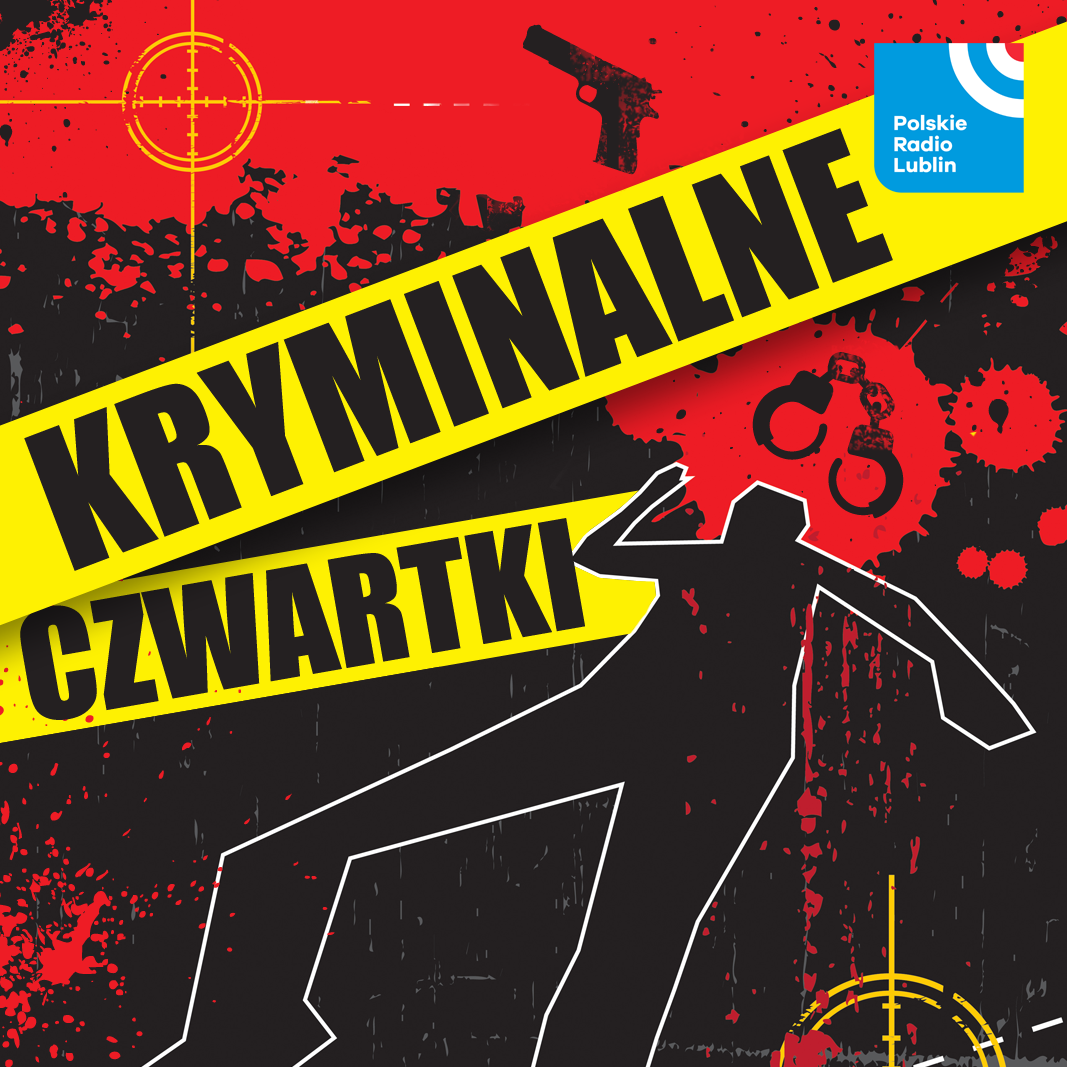
Не позволяйте Вашингтону делать с авиакомпаниями то, что он сделал с Amtrak
Представлен Мерриллом Мэтьюсом, ученым-резидентом Института политических инноваций в Далласе, штат Техас. Следуйте за ним на X@MerrillMatthews.
В этом году рекордное количество путешественников поднимается в небо. В эпоху дорогих продуктов, газа, еды и аренды последнее, чего хочет каждый, — это массовое увеличение стоимости авиабилетов.
Но это именно то, что путешественники могут испытать, если законодатели проложат новые ограничения на цены, маршруты и даже размеры сидений.
Более строгие правила авиакомпаний могут показаться привлекательными. Но бюрократия всегда сопряжена с затратами, часто в более высоких ценах, а также в ограниченном доступе и удобстве.
Раньше авиаперевозки строго регламентировались. До конца 1970-х годов правительственные чиновники устанавливали тарифы, маршруты и расписания для всех межгосударственных авиаперевозок. Цены были высокими, отрасль работала неэффективно и относительно мало людей летали.
Законодатели решили, что нужно что-то делать. Конгресс принял Закон о дерегулировании авиакомпаний в 1978 году. Закон позволил авиакомпаниям самостоятельно определять маршруты и цены.
Изменения вызвали конкуренцию и позволили недорогим операторам выйти на рынок. Выборы взлетели, а цены упали. С поправкой на инфляцию стоимость полетов составляет половину того, что было до того, как Конгресс дерегулировал отрасль.
Дерегулирование привело к большему количеству вариантов. Количество городов, подключенных через бесперебойное обслуживание, и количество перевозчиков, предоставляющих эту услугу, заметно увеличилось.
Более доступные билеты и взрыв маршрутов сделали полеты доступными для миллионов американцев. В 1977 году четверть американцев сообщили, что летали в прошлом году. Сегодня она близка к половине. Почти 90% американцев летали в течение своей жизни.
Учитывая эти результаты, почему политики, похоже, намерены вернуть обременительные правила авиакомпаний? Особенно учитывая, что у правительства есть «послужной список» общественного транспорта, то есть Amtrak.

Amtrak является государственной системой общественного транспорта, которая получает миллиарды долларов в виде субсидий налогоплательщиков. Правительство создало систему, потому что пассажирские поезда теряли деньги. Газета The Washington Times отмечает: Несмотря на все эти деньги, по-прежнему широко распространены жалобы на обслуживание поездов. По всей стране наблюдаются проблемы с сигналами, механические снопы и компьютерные сбои. "
В Конгрессе члены предложили законопроект, который проложит путь для более федерального контроля политики багажа авиакомпаний, сборов и размеров сидений. Недавнее правило Министерства транспорта налагает сложные ограничения на политику возврата авиалиний, которые даже опытному путешественнику может быть трудно понять.
Вместе эти изменения приведут к негабаритному режиму регулирования, соблюдение которого будет дорогостоящим и трудоемким. Некоторые авиакомпании могут быть вынуждены поднять цены или вообще сократить убыточные маршруты.
Предложения по регулированию деятельности авиакомпаний не имеют ничего общего с безопасностью пассажиров. Прошло 15 лет с момента последнего авиакатастрофы в США.
Конечно, есть возможность улучшить систему авиаперевозок в Америке. Нехватка авиадиспетчеров приводит к задержкам и отмене рейсов. Устаревшие объекты и инфраструктура создают проблемы во многих частях страны. Но помните, что эти сломанные части системы уже находятся под контролем правительства.
Подчинение авиакомпаний обременительным правилам не улучшит авиаперевозки. Это приведет к более высоким затратам, меньшему количеству маршрутов и менее удовлетворенным путешественникам. Не позволяйте Вашингтону делать с авиаиндустрией то, что он сделал для подготовки путешествий.
Тайлер Дерден
Свадьба, 08/14/2024 - 19:40











![[WIDEO] Wieczorny włam w Czechowicach. Złodziej złapany na gorącym uczynku](https://img.bielsko.info/ib/5d246290a8fd084d52d4eb36b31a3aa5/7/2025/07/zlodziej_ul_lukasiewicza_3f5f(1).jpg)

![[WIDEO] Wieczorny włam na ul. Łukasiewicza. Złodziej złapany na gorącym uczynku](https://img.czecho.pl/ib/a5710dec07cb2cd860cc06c7cec02498/7/2025/07/zlodziej_ul_lukasiewicza_3f5f.jpg)

